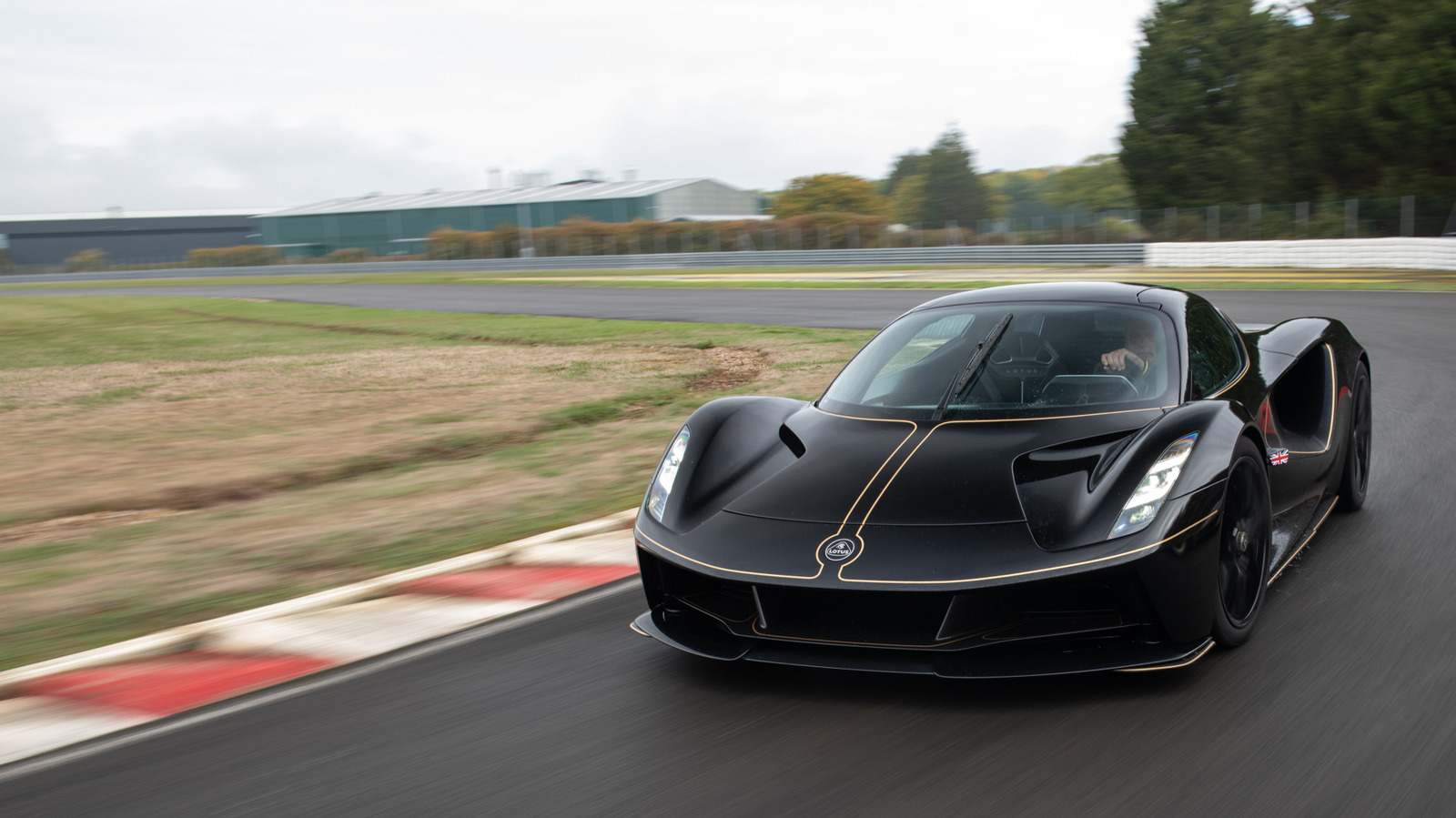Why Are Electric Hypercars Suddenly So Rare at Major Auto Shows?
A few years ago, you couldn’t walk ten feet at Monterey Car Week without bumping into a wild, all-electric hypercar promising four-figure horsepower and a future that sounded straight out of science fiction. Rimac, Lotus, Pininfarina, and a handful of ambitious startups all rolled out their battery-powered beasts, each one more jaw-dropping than the last. Fast forward to this year, and the landscape has shifted—dramatically. Those electric supercars that once stole the spotlight? Practically nowhere to be found.
What’s behind this sudden vanishing act? Let’s dig in.
Are Buyers Losing Interest in Electric Hypercars?
It’s not that the technology has hit a wall. If anything, electric powertrains are more capable than ever. But the market for $2 million-plus EVs is, well, niche—and that’s putting it kindly. According to a recent report from JATO Dynamics, global sales of electric vehicles are still rising, but the ultra-high-end segment has cooled. Many collectors and enthusiasts who can afford these cars are still drawn to the visceral drama of a V12 or the nostalgia of a manual gearbox. For them, the silent, instant torque of an electric hypercar just doesn’t tug at the heartstrings in the same way.
On top of that, the initial wave of electric hypercars—think Rimac Nevera or Lotus Evija—has already made its splash. The novelty factor has faded, and buyers are now looking for something more than just mind-bending acceleration. They want exclusivity, heritage, and a story. And right now, the electric hypercar narrative is still being written.
Are Automakers Rethinking Their Electric Supercar Strategies?
Absolutely. Developing an electric hypercar isn’t just about cramming in more batteries and motors. The engineering challenges are immense: heat management, battery weight, and the need for cutting-edge software to keep everything in check. That’s a lot of R&D dollars for a car that might only sell in double digits.
Some manufacturers are quietly shifting focus. Instead of chasing headline-grabbing horsepower numbers, they’re investing in technologies that will trickle down to more attainable models. Porsche, for example, has poured resources into battery development and lightweight materials that will benefit its entire lineup—not just a halo car. The result? Fewer electric hypercars on the show floor, but more real-world innovation for everyday drivers.
How Are Shifting Regulations and Economic Trends Impacting the Scene?
Let’s not ignore the elephant in the room: global uncertainty. Supply chain hiccups, inflation, and changing emissions regulations have forced automakers to prioritize. In Europe, stricter rules around battery sourcing and recycling have made it harder (and more expensive) to launch low-volume electric models. Meanwhile, China’s once-booming luxury EV market has cooled, with buyers showing more interest in practical, tech-laden SUVs than in six-figure supercars.
Even in the U.S., where the appetite for performance cars remains strong, the focus is shifting. The Inflation Reduction Act has incentivized domestic EV production, but the benefits mostly apply to mainstream vehicles. Hypercar projects? They’re often left out in the cold.
What Does This Mean for the Future of High-Performance EVs?
Don’t count electric hypercars out just yet. The technology is evolving at breakneck speed, and the next big leap could come from an unexpected direction. Solid-state batteries, for instance, promise lighter weight and faster charging—two game-changers for performance EVs. Companies like Toyota and QuantumScape are making real progress, with prototypes expected within the next few years.
There’s also a growing movement toward sustainable luxury. Brands like Rimac are experimenting with recycled materials, vegan interiors, and even carbon-neutral manufacturing processes. For the next generation of buyers, these factors could be just as important as 0-60 times.
What Should Enthusiasts and Collectors Watch For Next?
If you’re an enthusiast, this is a fascinating moment. The electric hypercar isn’t dead—it’s just evolving. Expect to see more limited-run, highly personalized models that blend electric power with traditional craftsmanship. Think of it as the best of both worlds: cutting-edge tech wrapped in a package that still feels special.
For collectors, the early electric hypercars might become the next big thing. Just as the first-generation Tesla Roadster has become a sought-after classic, today’s Rimac or Lotus could be tomorrow’s blue-chip investment. Keep an eye on auction results and private sales—there are already signs that rarity and provenance are starting to matter more than raw performance numbers.
The big takeaway? The electric hypercar game isn’t about perfection—it’s about smarter adjustments. Start with one change this week, and you’ll likely spot the difference by month’s end.


